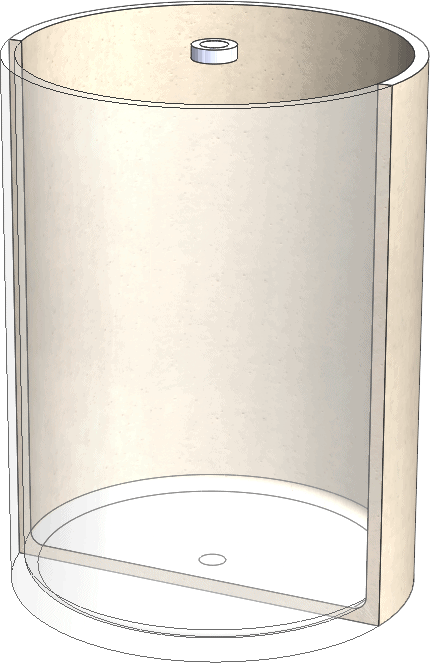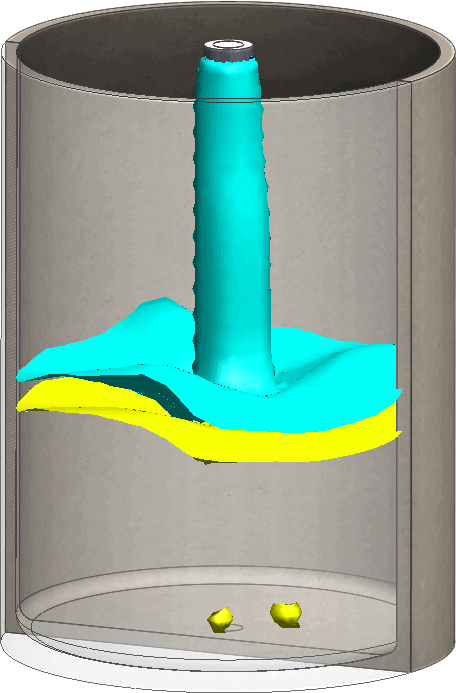Vikram’s Coffee Conundrum
Vikram’s Coffee Conundrum
Do you use creamer in your coffee? Most people do. Few know that the important thing to using creamer is the order in which you pour it in the mug. This was brought to my attention many years ago by a fellow Simulation Specialist Vikram Vedantham.
Vik always put his creamer in the coffee cup first and then poured the coffee. When asked why he did this his replay was always “It’s a Flow Problem”, and then he would say no more.
If you try this at home, you will immediately see the reason why. Take Vik’s approach first. With the creamer in the coffee cup and the coffee poured second the fluids mix leaving no reason to stir. The traditional approach, one which coffee stirrer manufacturers are counting on, has the coffee already in the mug and the creamer poured in second. This leads to a poorly homogenized fluid and requires stirring.
2018 SOLIDWORKS Flow Simulation introduced Free Surface capability. Free Surface is the ability to model two immiscible fluids in one domain. In the case of the coffee cup, the coffee/creamer and air.
Both Simulation scenarios have the same boundary conditions. The ambient air temperature is 68 degrees F. The coffee is at 180 degrees F., and the creamer is introduced at 34 degrees F. Both studies are transient and last 10 seconds. The flow rate of both coffee and creamer is 0.25 Oz/sec.
A standard coffee mug model was created minus the handle. At the top of the mug concentric cylinders were used to “pour” the fluid into the mug from the top.

Did Flow Simulation give proof to Vik’s theory? Let’s find out.
The first SOLIDWORKS Flow Simulation Project mimics the traditional method for filling a coffee cup. The coffee is poured into the cup filling the cup three quarters of the way full. The coffee is at 180 degrees F. and can be seen in the temperature plot. The creamer is then added at 34 degrees F. and at the end of the 10 seconds the temperature has still not mixed and would require stirring.

The Mass Fraction plot shows the pour in even more detail.

Vik’s approach was modeled slightly different. A split line was used to fill the creamer from the bottom of the mug, seen by the thermal plot. The coffee was then poured in from the top causing the fluids to mix. At the end of 10 seconds the fluids have mixed appropriately showing an even temperature of fluid in the mug.

The mass fraction plot shows the creamer at the bottom before the coffee is poured.

Using an ISO Surface plot, you can see the outer surface of the coffee being filled in the mug.

2018 Flow Simulation proves out what Vik always knew to be true. Pour your creamer first, and “IT IS A FLOW PROBLEM”.

 Blog
Blog